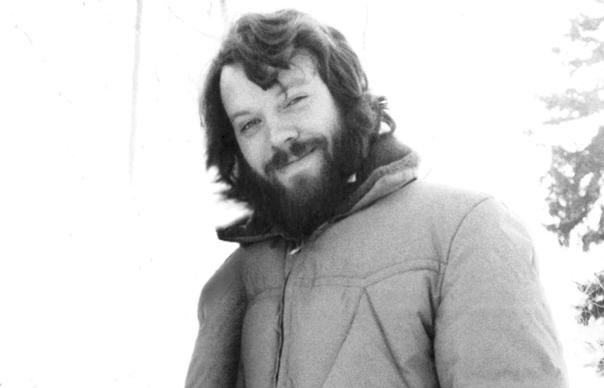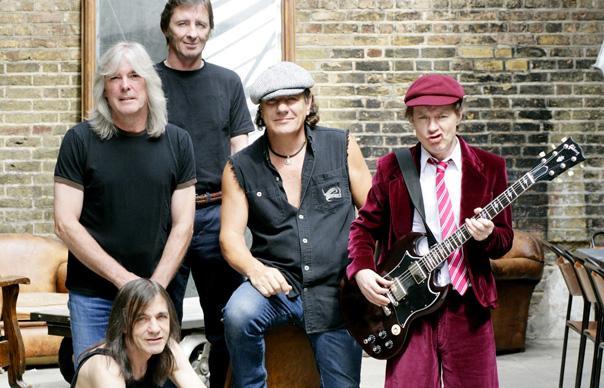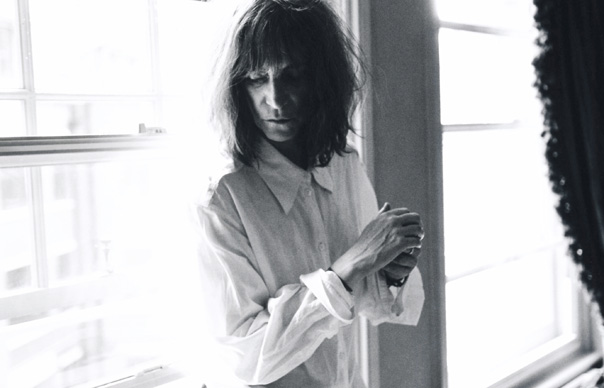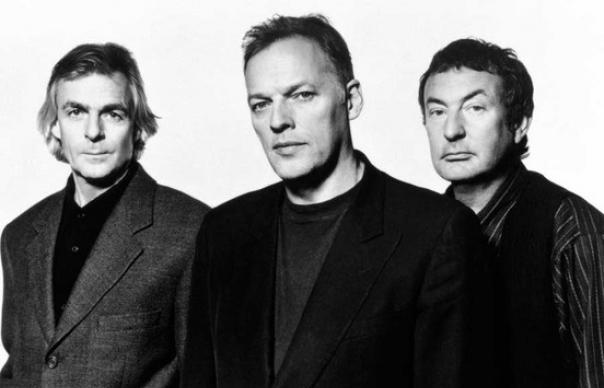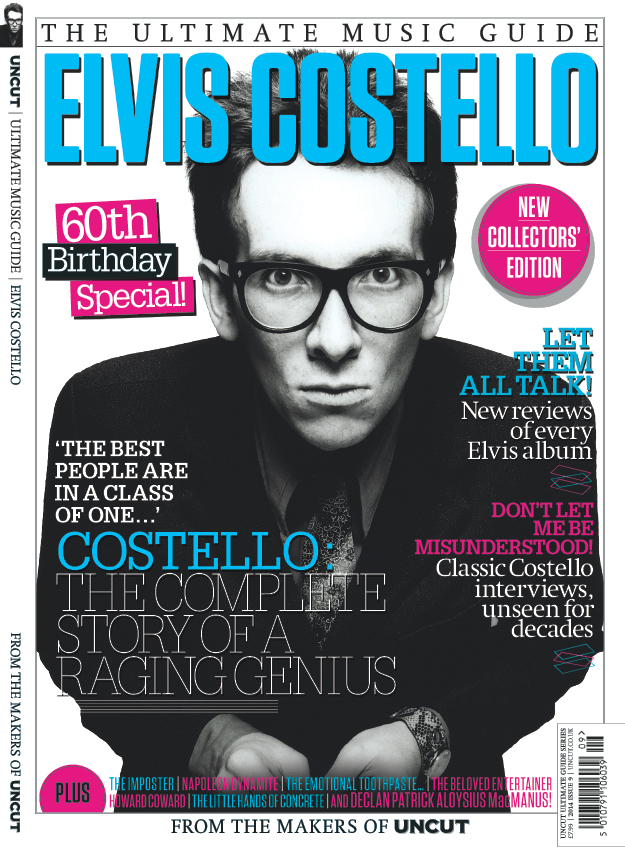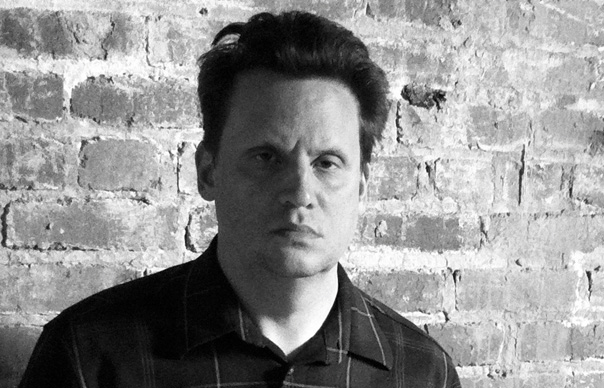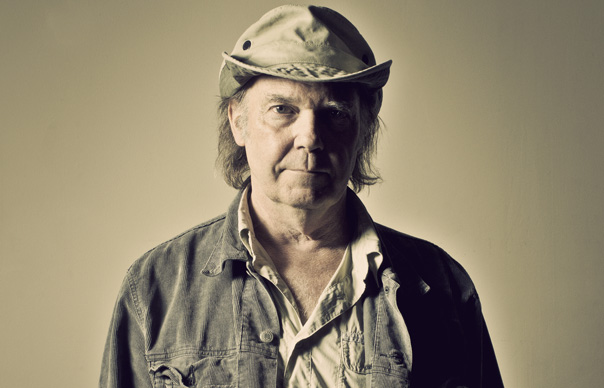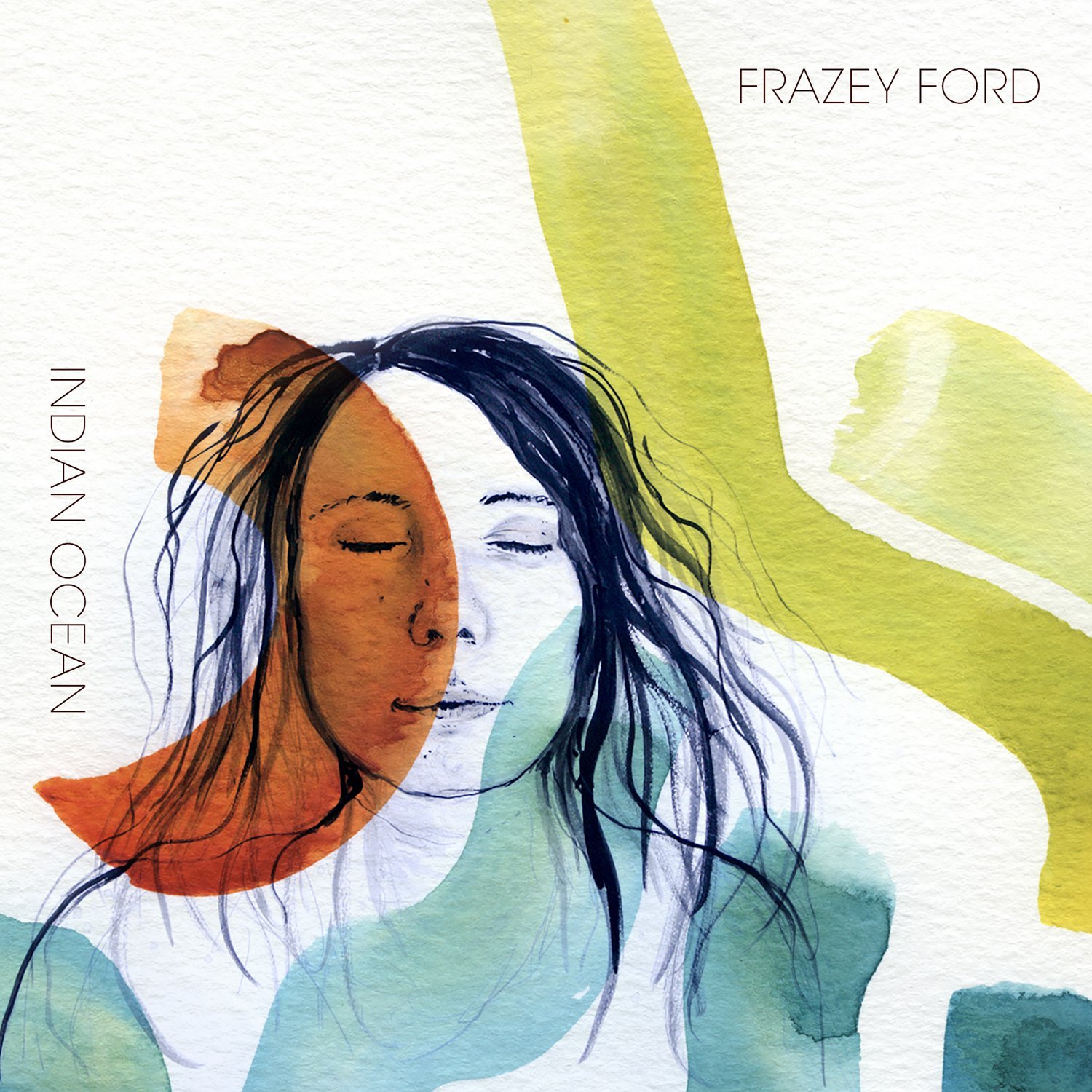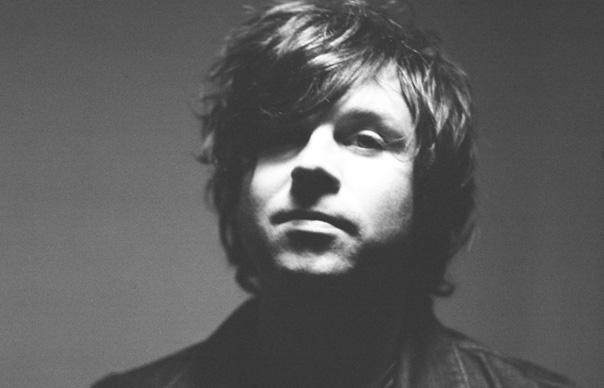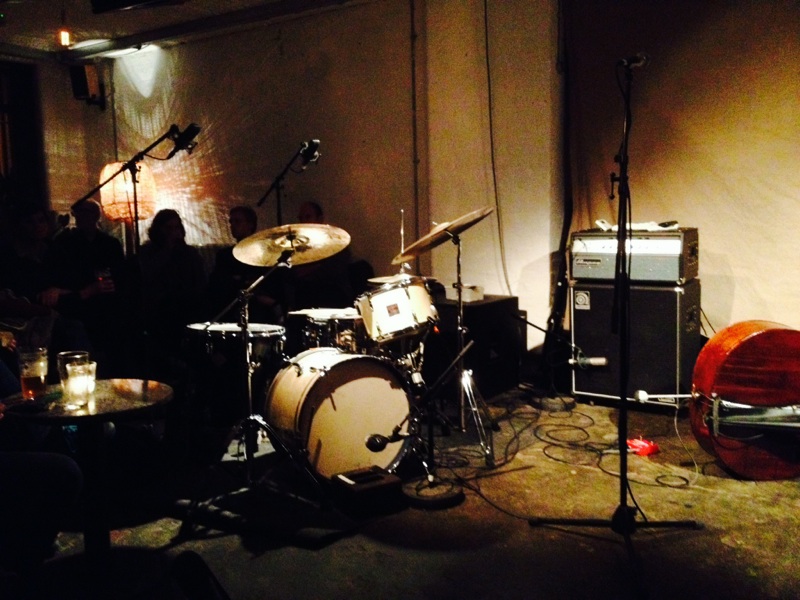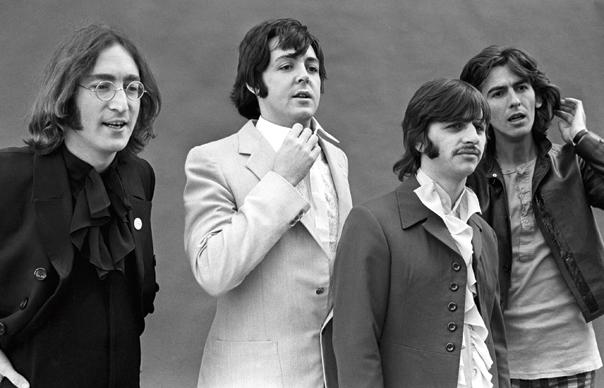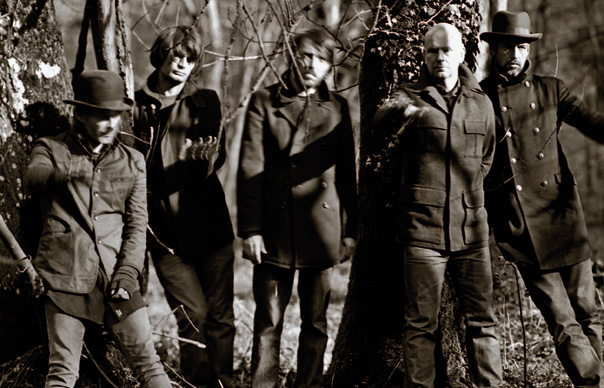The catalogue, to 1968, remastered for vinyl….
Abbey Road’s Studio 3 has seen some unusual stuff. This, in 1966, on an April day busy with cutting and splicing tape, was the birthplace of “Mark I” – which eventually became “Tomorrow Never Knows”. On this sunny July morning 48 years later, something no less odd is taking place. Inside, a group of 30 or so journalists and technical staff are seated in the facility’s wood-panelled interior. We’re hunched forward in our seats, listening to a vinyl record of Beatles For Sale: somewhere after “Rock ‘n’ Roll Music” but before “I’ll Follow The Sun”, scrutinizing the space between them.
The object of this exercise is to demonstrate the magnificent pressing achieved for this newest Beatles event. This is the vinyl companion to The Beatles In Mono, the CD box set released in 2009 – a project which has necessitated all-new analogue remasters. All the 180 gram records have been pressed in Germany, a million of them, taking up – as Guy Hayden from Universal proudly observes – that country’s entire pressing capacity. When a tiny click is heard through the $85,000 dollar system, brought over from New York by McIntosh, (the company that supplied the PA for Shea Stadium), a certain relief passes through the room.
Otherwise, things might have been a little too perfect. With whatever delight fans might have listened to mono Beatles recordings when they were first released (each album til Yellow Submarine had a unique mono mix; later “fold-down” mixes, in which the stereo channels were combined, of Let It Be and Abbey Road were released in some territories) audio perfection was not high on their list of expectations. You’ll never find them in good nick second-hand. The albums weren’t revered, they were loved: played at parties, danced to, written on, enjoyed. Today, they bear the marks of a life well-lived.
A word much used to describe this magnificent new set of records (it comes in a box; there’s a nicely-illustrated book by Kevin Howlett) is “authentic”. True enough, there’s a pretty inarguable case that the Beatles labored more intensively on Mono mixes. Nor should there be any quibble with the idea that by going back to the original tapes the listener is getting “nearer” to what the artist heard and intended. But as we nod approvingly at the lovingly recreated laminated “flapback” covers (right down to the Garrod and Lofthouse printing credit – a company which, like Parlophone, has no present-day relationship with the Beatles), the Emitex logos, and the Sergeant Pepper moustache set, “authentic” isn’t necessarily the first word that springs to mind.
The process of bringing the new set about began five years ago. The mission – says Steve Berkowitz, the American who supervised this project as he has recent Dylan remasters – was to be “led by the work of art”. This meant close listening: sourcing original vinyl albums, and compiling reference multitracks of these, alongside digital copies of the original tapes. New machines mean that, with real-time, hands-on engineering, more information can be read from the tapes and delivered to the new cut. Guided by the original engineers’ notes, Abbey Road’s Sean Magee was able to reveal more of what the Beatles intended us to hear.
Though it sounds like spin, Mono is the open secret in the Beatles recording career. In the band’s official recording history, reference upon reference piles up: long toil into the night on the mono with all four present; stereo mixed with “not a solitary Beatle” in sight. In 1966, Geoff Emerick was put to manufacturing an ersatz stereo Please Please Me (for which the track tapes were missing) by shaving off treble from one side, and bass from the other. As Steve Berkowitz puts it today, mono was “the predominant carrier of the time”.
For all the efforts of the engineers and the guy from the record company, however, it’s Leif from Ortofon, the Danish audio company, who best defines what that might sound like. Of course, it’s a matter of common sense that Beatles records were mixed to sound good through transistor radios, dansettes and mum and dad’s radiogram. It is, says Leif, “a solid, powerful, central image”. It has, he says, “less width. It’s more focused.”
As Berkowitz plays selections from the catalogue, from the “1-2-3-Faw!” of “I Saw Her Standing There” to “While My Guitar Gently Weeps” (all about the keyboard part, as it turns out), it certainly proves to be that, but predominantly provides huge freshness and novelty. As the book points out, there are empirical differences between the Beatles in stereo and in mono. The aircraft noise is different on “Back In The USSR”, the tape loops on “Tomorrow Never Knows” fade in and out more quickly, to name but two. The listener without notes, however, is prey more to impressionistic view– the room essentially the same, but arranged in such a way the eye is drawn in a different direction.
Listened to at leisure at home, the remaster proves particularly strong on guitars, which chime with renewed brightness on tracks like “Getting Better” or “Everybody’s Got Something To Hide Except For Me And My Monkey”, and chug heavily on the more primitively chorded likes of “Thank You Girl”. In mid-range, say on “And Your Bird Can Sing” or “Taxman”, bluesier tones reveal themselves. You can’t fail to be struck by their new and complex relationships or sheer crunchiness. All round, mono is great on physical impact. Listening to “Within You Without You” is extraordinary, the tablas sounding like a fall of hailstones, while the laughter at the conclusion sounds weird, loud and completely new.
Sergeant Pepper has, of course, been making people say something like that for nearly 50 years. To listen in mono, however, is to hear a different set of decisions being privileged, alternate colours brought to the foreground. “Lucy In The Sky With Diamonds” builds to the chorus with a heavily-flanged bass. “Fixing A Hole”, not necessarily the first place you’d look for them, proves to be a hotbed of precisely-engineered, interwoven guitars. As “Lovely Rita” moves towards its close, the song feels stranger somehow for confronting you there in the room, rather than as a sonic experience into which you have stereophonically wandered.
The same freshness and changed emphasis reveal themselves through the catalogue. You find yourself wondering at new reverbs on “Yesterday”, a new vulnerability and tenderness to “Here There And Everywhere”, to what sounds like more of George Harrison reading the paper in “Revolution 9”. Harrison, as the book reminds us, was no fan of stereo – he thought it left you “naked”, which seems like an odd choice of words. It’s mono, after all, which leaves you with no place to hide.
In the scheme of things, it might seem strange that only four years after its appearance on iTunes, the next big development in the availability of Beatles music should be a big box of old records in an outdated format. Really, though, in that time, the world has changed again. What was once the mass market choice has now found a valuable niche in the collector/audiophile market. Mono has replaced stereo as the point of exploration for the deep listener, for whom vinyl has never anyway been satisfactorily replaced. Now, as in their lifetime, the Beatles are simply ahead of the curve.
John Robinson
Q&A
SEAN MAGEE, ABBEY ROAD MASTERING ENGINEER
How do these differ from the 2009 remasters?
This is a vinyl cut directly from the master tapes with an all analogue signal chain, no digital involved. You’re getting nearer the tape, that’s the thing. With vinyl and audio files the desire is to get back to the original master without any digital nonsense. We did it on the monos rather than the stereos because the stereos were a different kettle of fish.
How so?
To recreate the stereo masters from the tapes just wouldn’t have been possible. It’s a real-time process. With the stereos there was different EQ on the left side to the right side. Different EQ in the intro…you couldn’t physically adjust that while the tapes were going. With the monos there was very little done, so you could put them on, hit play and cut without too much interference from the engineer.
What’s the story of Beatles stereo vs mono?
It’s a quirk of history that stereos have become the de facto voice of the Beatles. The stereos were sometimes cut weeks after the. The important thing was the mono one. Most of the work sonically would have been done in the studios so the work that was presented to the cutting engineer was “get that onto vinyl as loudly and cleanly as you can”.
Are you a mono fan? What’s the appeal?
For me, sonically, they’re far more focused – they’ve had more time spent on them – and wherever you stand in the room, it all sounds the same. As to why it’s become a thing, it’s nostalgia and it’s getting back to the original – if that was in mono, that’s how people want to hear it. The mono mixes in this case, they are the ones that the artist and producer signed off on.
Your new machines pick up more information from the tapes. What is the Azimuth?
It’s the tilt of the tapehead. It’s imperative to get the angle of the tapehead the same as it was when it was recorded. They weren’t titlted deliberately – it’s a quirk that sometimes happened. But when you line up a tape machine, you need to restore it to the condition it was when it recorded that tape and the azimuth is an important part of that. There’a a microcopic gap – if you tilt too far to the left or right, because of the very small wavelengths, the high frequencies start to cancel each other out.
How did you fix it?
The issue was addressed when the transfers were done for the 2009 remasters: they tweaked the azimuth for every single one so we knew there was a slight variation. This time, in the best tradition of improvisation, we made a Heath-Robinson adjuster, a knob with a dot on the top of it. We worked out a way that we could do this in real time while it was cutting in the spaces between tracks – it was a mad scramble to adjust the EQ and twiddle the azimuth and get things done in time for the next track to start – about five or six seconds
You didn’t have to “bake the tapes” or anything like that?
They were made from EMI stock which has always been fairly well-behaved. (i)Please Please Me(i) we had to make a new master for. The tape itself wasn’t shedding but the glue that holds the edits together had seeped through various layers of the tape. The tape was playing and it left a sticky sludge on the playback head which isn’t very good. We thought rather than have it do that, we thought we’ll make a new one.
Sgt Pepper sounds great…
It sounds beautiful, doesn’t it? We didn’t do anything at all – that’s how it came off the tape. It said on the box, “please cut flat”, which means, “don’t do anything to it.” It’s mentioned in ((i)Beatles engineer(i)) Geoff Emerick’s book I think. The head of production at that time, pushed him against the wall and ssaid, “How dare you tell my engineers what to do” sort of thing. But he said, that’s how they wanted it.
Do you hear new stuff in the records?
There’s an awful lot of sound in there. It was my introduction to Beatles in mono in 2009 – you start to think, “this is slightly different to what I remember”. Having worked on these vinyls since 2009 – which is when we started, every time you put the tape on you hear something new.
How nerve-wracking is the live cut?
You have to do it in real time so you have to be watching the counter on the tape machine, you’ve got your stopwatch going and you’re referring to your notes because to alter two banks of EQ – you’ve got to get the fader down, get the fader up get the spread make sure the EQs right, then sit down wait for five minutes and then do it all over again.
INTERVIEW: JOHN ROBINSON



